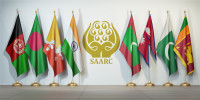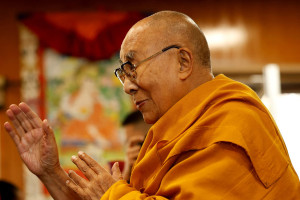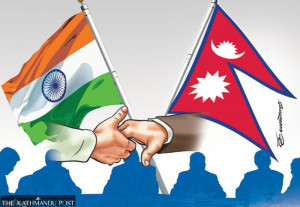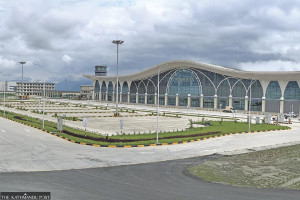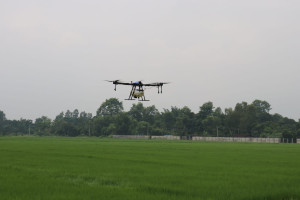Columns
South Asian writers and SAARC
The question of regional literary leadership becomes intriguing as SAARC remains moribund.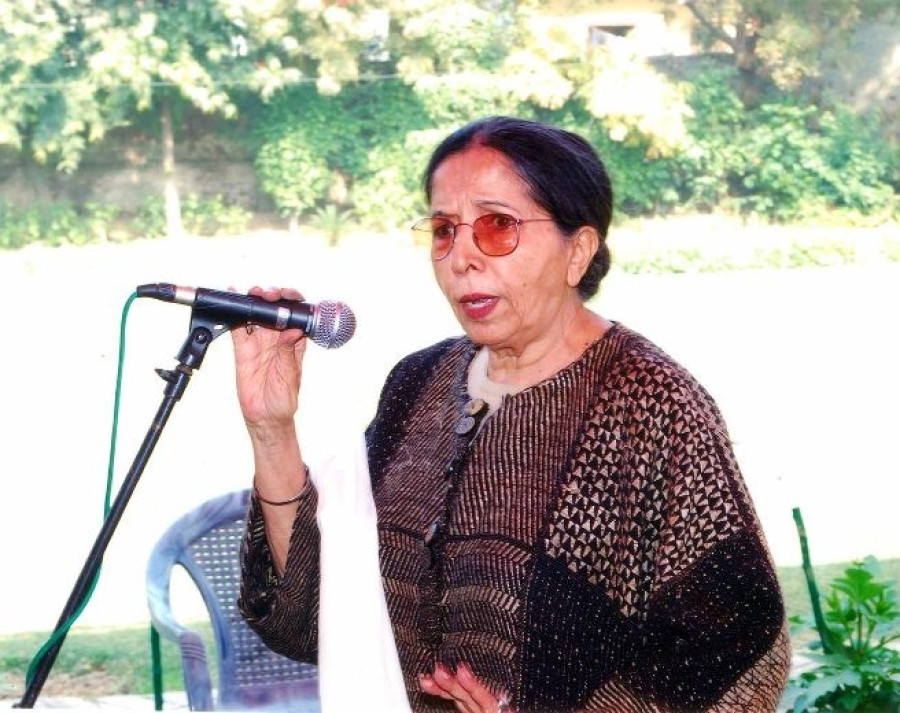
Abhi Subedi
The term South Asian writers gained greater currency after some Indian writers, especially a Punjabi fiction writer named Ajeet Cour, took the initiative to create an organisation by this name at the turn of the century. This article is a brief study of what happened to this organisation, and what it means to be using that nomenclature today when the main organisation of the states itself is experiencing angst, to use the term from the vocabulary of existentialist writers. Literary writers organised under the name of the South Asian Association for Regional Cooperation (SAARC) are meeting once again while the main organisation itself has nearly stalled all its activities. The writers, including those from Afghanistan that became the eighth member of SAARC in 2007, have remained active. The second online conference is currently happening with full participation of the writers. The narrative goes like this.
An octogenarian Punjabi fiction writer and probably the strongest literary activist of South Asia, named Ajeet Cour called me in her little quivering but very determinate voice from Delhi some months ago. She was calling me to participate in the South Asian Online Literary Conference of the Foundation of SAARC Writers and Literature organised this year in tandem with the Sahitya Akademi of India on October 6-9. This octogenarian writer's call reminds me of the history of literary activism of the past half century in South Asia. My records show I attended her first historical conference of the writers of South Asia in Delhi in 1987. That was probably the first time any organisation or individual had brought the writers of South Asia in one place.
Mural of Buddha
Cour first created a base for that organisation through dialogues with the writers of South Asia. Eventually she was able to organise the Foundation of SAARC Writers with herself as chairperson. It was approved by the SAARC Secretariat located in Thamel of Kathmandu in 2002. We can see a beautiful mural of Buddha made in the Gandhara style by Ajeet Didi's daughter, an eminent painter named Arpana Cour outside the wall of its building. I have written about the genesis and style of this mural in my piece entitled "The SAARC Buddha" in The Kathmandu Post (August 18, 2019). Nepali writers' participation in all SAARC conferences has been growing each year. In a long essay published in the November 2014 issue of a Nepali literary magazine called Madhuparka about this organisation, I introduced its history and its growing popularity in the South Asian region. My purpose was to acquaint Nepali writers about this organisation that has kept going over a quarter of a century.
The question of literary leadership and initiative becomes intriguing at a time when the SAARC countries' organisation is in a state of difficulty because of bilateral issues dominating the organisation's policies. From our point of view, SAARC and its charter generally ignores literature and the arts. The member countries are aware of it, and want to do something, but somehow they fail to do anything significant in this direction. Ajeet Cour and some of her friends from the SAARC countries stepped in to correct that elision with limited resources and tremendous zeal and fire. But it became more difficult because of the contentious issues dominating the modus operandi of the countries of the region.
We should also see how the colonial past remains in the political unconscious—a phrase used by American philosopher Frederick Jameson for the title of his book and philosophy of South Asia. That 'political unconscious' plays a role because of the impact of the colonial rules of Britain over the countries of this region except Nepal and Afghanistan. What is remarkable is that the writers found a different method of creating bonds among themselves. They focussed on the need to foster the spirit of literary commonness. Ajeet Cour used some of her own modus operandi to bind the writers of the region together.
I want to recall one interesting episode that happened in Dhaka when Samsur Rahman, the national poet of Bangladesh, was honoured with the SAARC literary award in 2001. As the poet could not travel to Delhi because of his heart problem, the Foundation of SAARC Writers and Literature organised that year's programme in Dhaka. Addressing poet Rahman on the occasion, Cour said, "We were told you could not attend the SAARC writers' meeting in Delhi because of your weak heart. Now please tell me which good poet in the world does not have a weak heart?" I saw how this amazing rhetoric pleased the poet and those who attended the ceremony. Cour's wit represented the allegory of the separate, non-political intimate relationship that exists among the writers of South Asia. The semantics of that expression is that the relationship among the writers of this region functions through the communication of hearts.
Literary crusader
Themes other than literature like Sufi and folklore that bind the writers were also used for the conferences that the Foundation of SAARC Writers and Literature hosted on various occasions. Initially, the foundation organised its programmes in the cities of the member countries. Kathmandu also became a venue for the SAARC writers' conference a couple of times. But due to various tangible difficulties, Cour started organising them only in India, in cities like Delhi, Agra, Jaipur and Chandigarh, some in partnership with the Sahitya Akademi, to take one example.
I have written somewhere else, for us "in South Asia, a thin veneer separates literature from politics". No European writers' organisation would follow the pattern of the European Union, for example. But then the South Asian literary traditions that span many centuries have not followed any political patterns of the region to guide, though they worked under various political conditions and were influenced by them. And they do not follow any fixed condition today either. Ajeet Cour's Foundation of SAARC Writers and Literature is an allegory of a literary crusader's efforts. Whether this experiment will be carried over in the future by any organisation(s) by maintaining a link, however tenuous that may be with a politically and economically oriented organisation such as SAARC, is difficult to answer. But what we can say is that South Asia has a long tradition of literary and cultural activities and bonding, and that will continue.




 9.12°C Kathmandu
9.12°C Kathmandu

